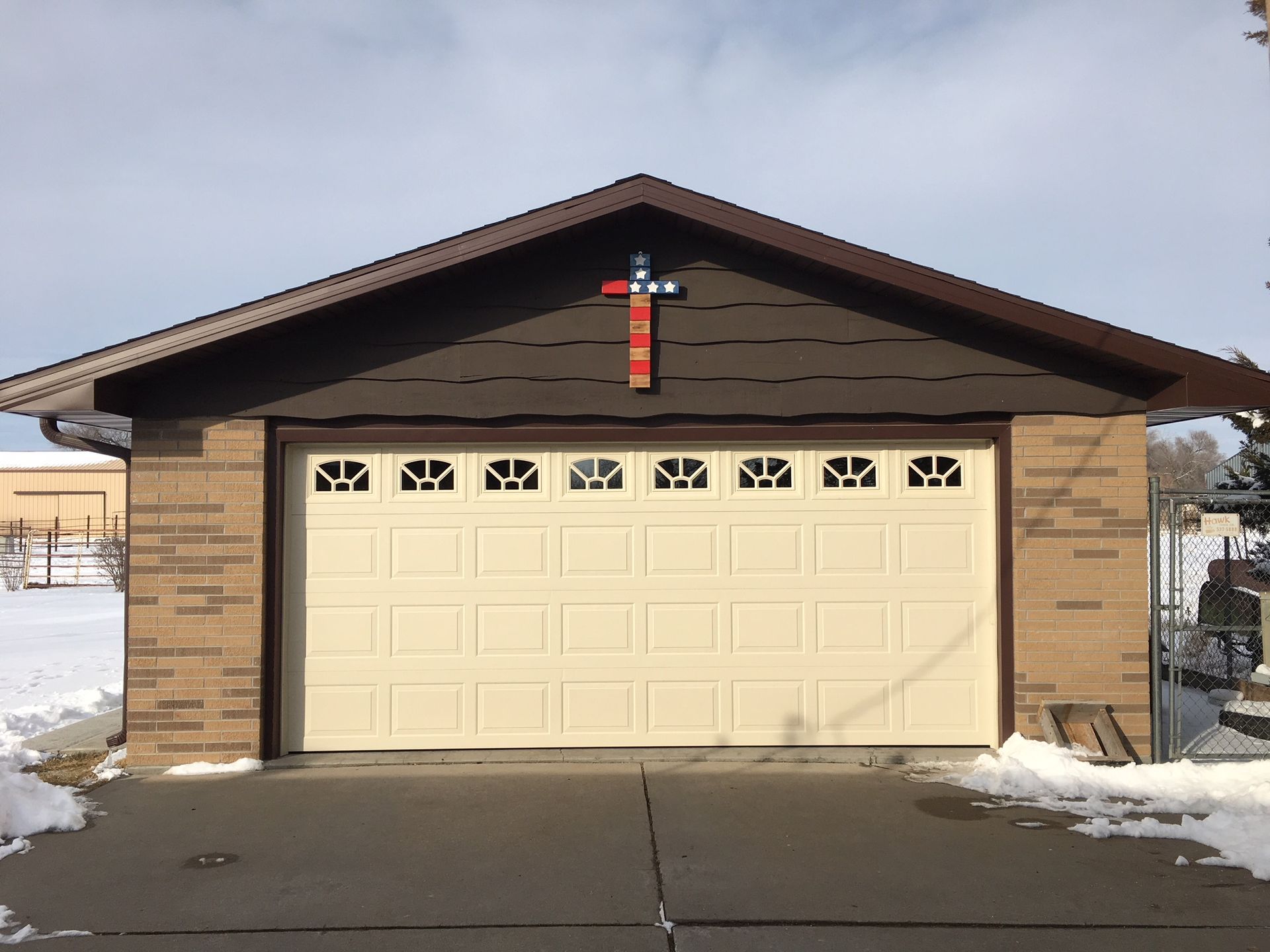Your overhead door does more than just open and close; it protects your home, keeps energy costs down, and enhances curb appeal. But like any complex equipment, it needs care. Ignoring subtle issues can lead to expensive fixes—or worse, a door that fails completely. Let’s explore the top 5 signs your overhead door might need repair and why addressing issues promptly is essential.
1. Unusual Noises During Operation
Does your overhead door groan, grind, or make high-pitched noises? These sounds are not just irritating—they’re a cry for help. Unusual noises can indicate issues with the door’s torsion springs, rails, or opener system. Left unchecked, these small problems can escalate into serious breakdowns.
2. Slow Response Time
If your overhead door is slow to open or close, it might be due to aging parts or problems with the system. A door that delays could pose a safety risk, especially if it fails while in use. Prompt repairs can restore its smooth operation.
Sagging: A Structural Concern
Have you noticed uneven or sagging sections in your overhead door? This is often a sign of compromised stability or problems with the springs. Beyond being unsightly, sagging can make your garage less secure and efficiency.
Energy Inefficiency: A Hidden Cost
A poorly fitted or damaged overhead door can cause drafts, making your HVAC system work harder. If you’ve noticed your energy bills rising unexpectedly, your garage door could be the culprit. Repairing or upgrading your door can help lower costs in the long run.
5. Physical Damage or Wear
Dents, splits, or corrosion are clear indicators that your overhead door has seen better days. While some damage might appear minor, it can weaken the door’s integrity and make it more prone to failure. Addressing these issues without delay is critical for safety and functionality.
